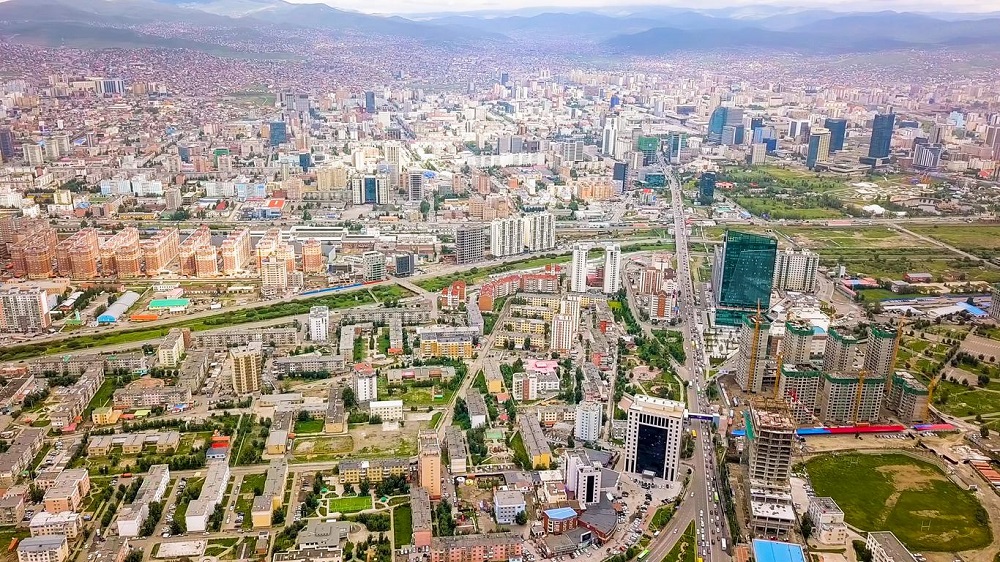1.Genghis Khan Square
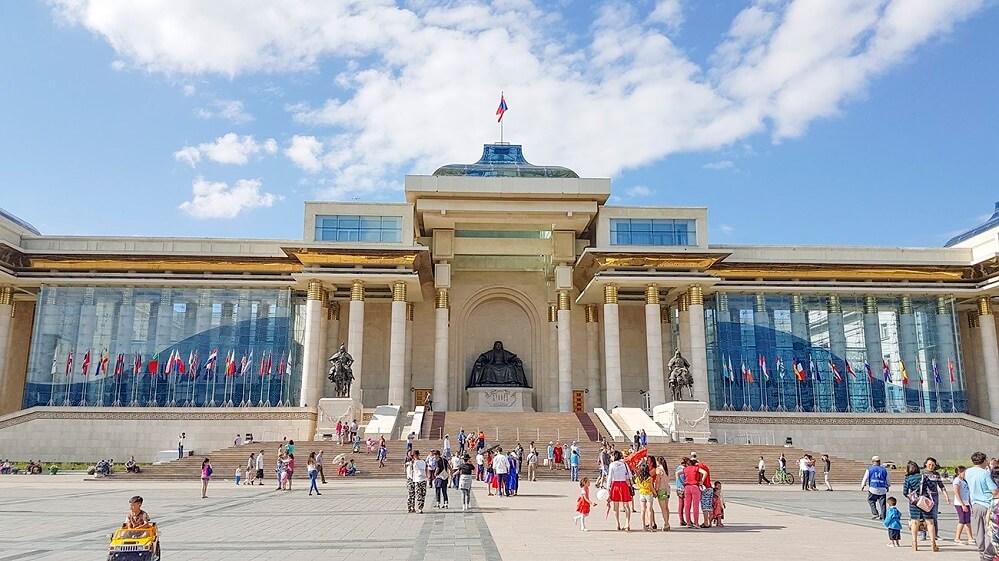
Chinggis Square, formerly Sukhbaatar Square, is the central point of Ulaanbaatar, the capital of Mongolia. There is a statue of Sukhbaatar in the center of the square, while there is a statue of Genghis Khan in the back of the State Palace. The model of the statue of D. Sukhbaatar standing in the middle of the field was designed by sculptor Ch. Choimbol. It is a memorial place where the People’s Orderly Soldier entered the Great Hall from Hiagta and proclaimed the victory of the People’s Revolution. Depicting the general on a galloping horse pointing to the rising sun, it was unveiled on July 8, 1946, on the 25th anniversary of the People’s Revolution. Since then, the square has been called Sukhbaatar Square, and since August 2013, the name has been changed to Chingis Square by the decision of the City Council.
2. Zaisan Memorial
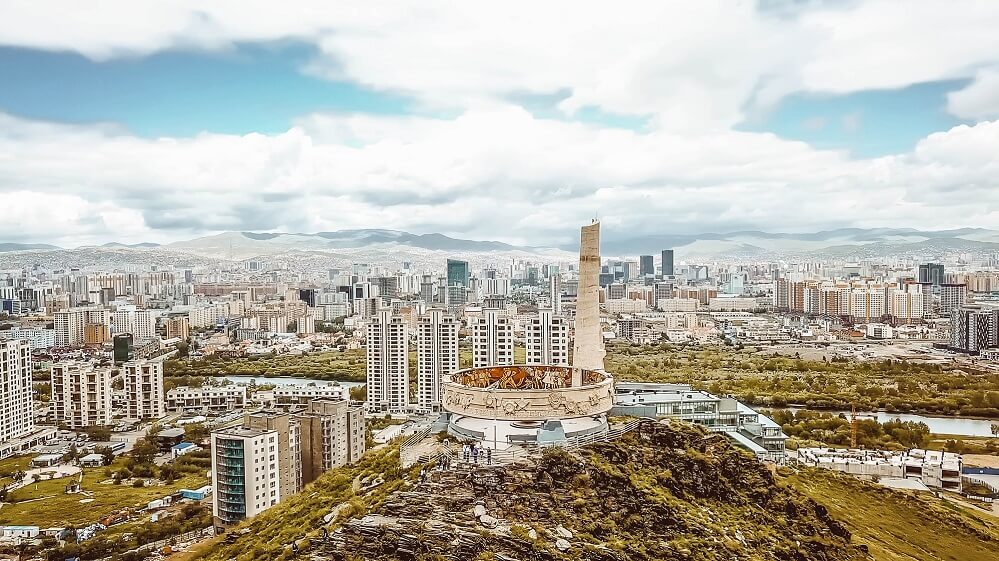
Zaisan Memorial is located in the south of Ulaanbaatar city. From Zaisan Memorial you can see the center of Ulaanbaatar city and it is one of the favorite places for Ulaanbaatar residents to spend their free time and tourists. The memorial complex dedicated to the soldiers who bravely fought and died in the battle of Khalkh River was built in 1971 by architects led by architect A. Khishigt. The ring at the top of the complex depicts the people’s revolution of 1921 and the Soviet support during the battle of Khalkh River in 1939.
3. Gandantegchinlen Monastery
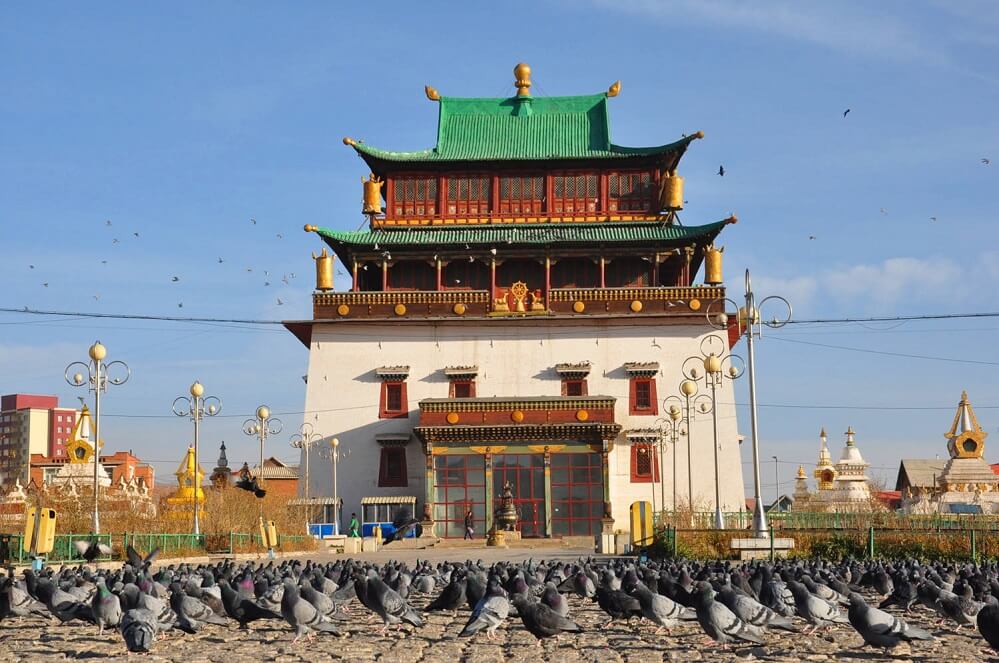
Gandantegchinlen Monastery is the central Buddhist monastery of Mongolia in Ulaanbaatar. The first foundation of the Ikhot Mandal was laid in 1809 as the Shar Temple in a place called Dalkhin Denj, and in 1838, the Ikhhotmandal Temple was established by the decree of Tavum Bogd Jevzundamba Nobleman, which is today’s Gandantegchinlen Monastery. In 1911, at the initiative of the Bogd Khan or the Eighth Bogd Jewzundamba nobleman, an 80-foot-tall gold Megjid Janraisi deity was created.
During the Great Repression in 1938, the monastery was closed and the deity was taken to the Soviet Union. In 1944, the monastery was revived under the name of Mergali Dugan, and under the control of the government during the years of socialism, it became the only center of Buddhism in Mongolia and became known as the Buddhist center of Mongolia.
4. Viva City Youth Quarter
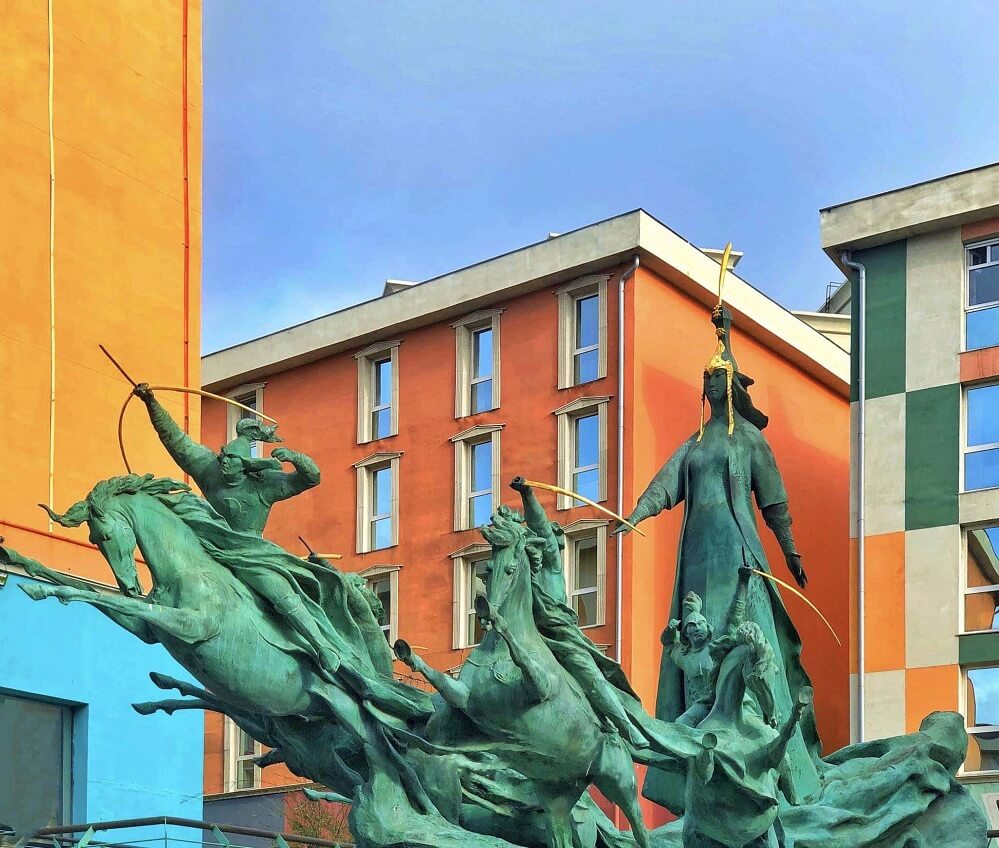
Viva City neighborhood, which is located on Tuul’s shore after crossing Yaarma Bridge, was inaugurated on June 1, 2013. There are 1,619 apartments and 100 shopping and service centers on the 1st floor, including brand clothing stores, restaurants and pubs. Here you can see the new solution of the modern neighborhood with the complete landscaping of the environment, such as the musical fountain of the brave warrior Mandukhai Seten, the famous London double-decker red bus, the statue of love, an open-air theater with a capacity of 1000 people, basketball, football, and children’s playground.
Also, many interesting and innovative events are regularly organized in this neighborhood, not only is there a constant flow of local tourists who come to take pictures but also there are many music videos and film shoots of band singers.
5. Grand Khaan Irish Pub
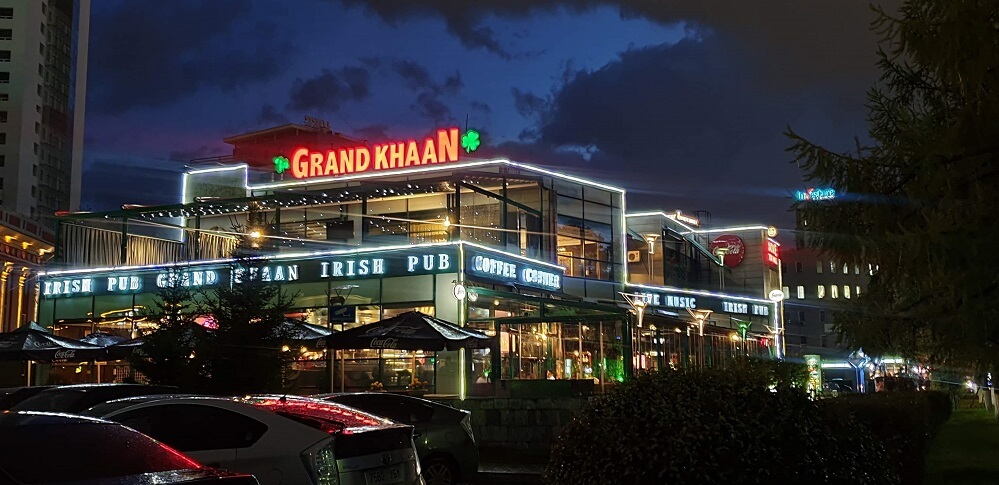
Grand Khaan Irish Pub was established in August 2005 and is the first pub to introduce the most modern, comfortable, and innovative services in Mongolia. A stage with live art performances, sports channels, famous Guinness beer, Tiger beer, and local craft beers are served, and it has a capacity of 180 people.
6. National Culture and Recreation Institute
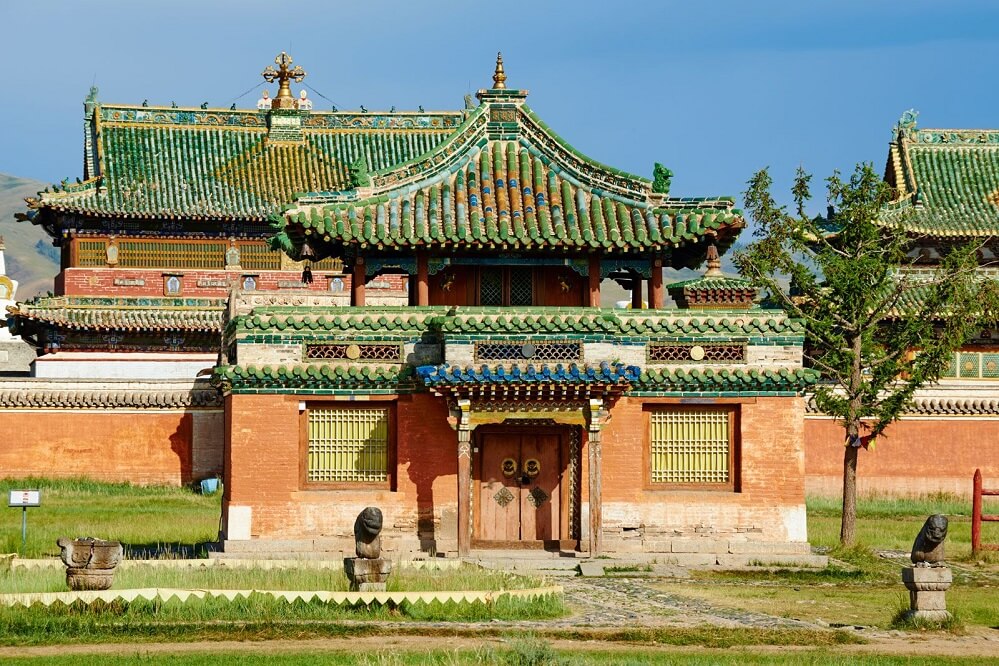
The National Culture and Recreation Institute has 13 types of amusement rides, roller coasters, fun game centers such as bong world game center, automatic game center, bowling, and video game centers based on modern advanced technology, as well as 6 types of restaurants with their own characteristics.
7. National Park Mongolia
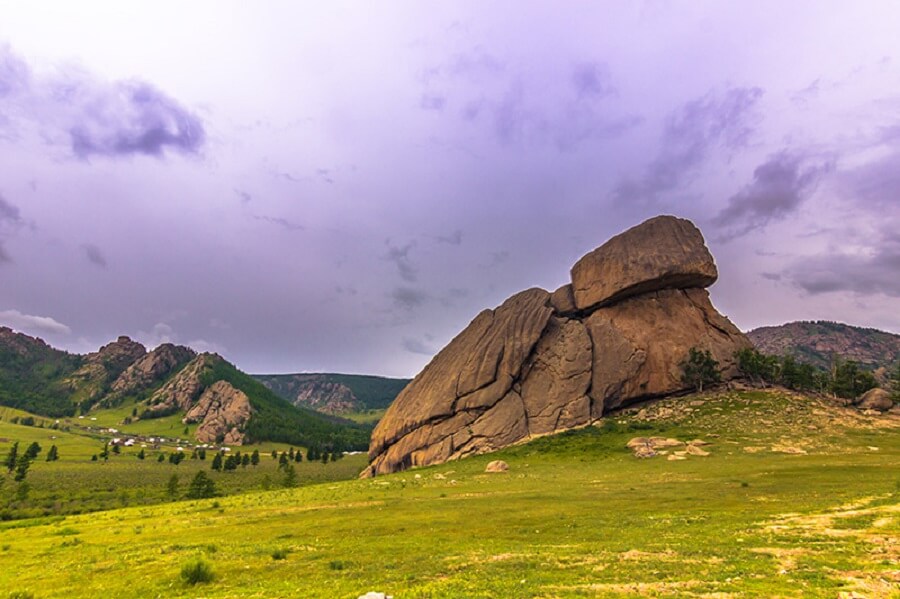
There are more than 94 thousand trees, bushes, grass and flowers of 22 types. “National Park” with its fountain and children’s playground has become a comfortable life and recreation area for the citizens of the capital. The first 55 hectares of this institute, which will cover an area of 1,280 hectares when it is fully operational, alone accounts for 23 percent of the total green space in Ulaanbaatar.
8. National Museum of Mongolia
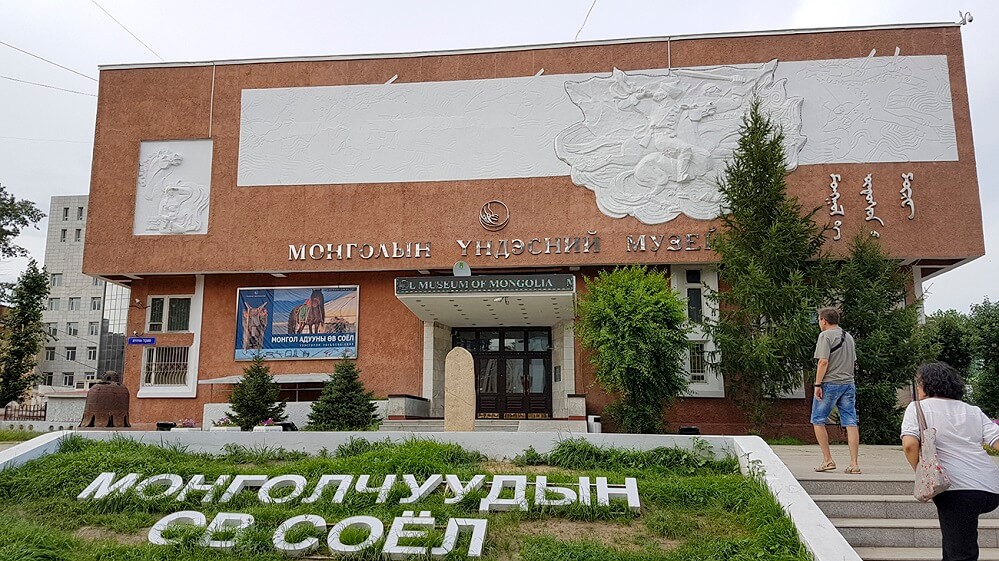
The hall of the history of ancient Mongolia, the hall of the history of the Huns, the first state of Mongolia, the hall of the history of the Turks, the hall of Mongolian national costumes, the hall of the history of the Mongolian Empire, the hall showing the life of the Mongols in the Middle Ages, and the halls of the history of Mongolia in the 20th century and the beginning of the 21st century.
Also, there are a lot of exhibits that witnessed the development of the socialist era, among them silver belt buckets that were given to herders with 5,000 animals, souvenirs and awards that were given to good herdsmen, and souvenirs that were presented to the head of the Mongolian government by the heads of foreign countries.
9. Sky resort
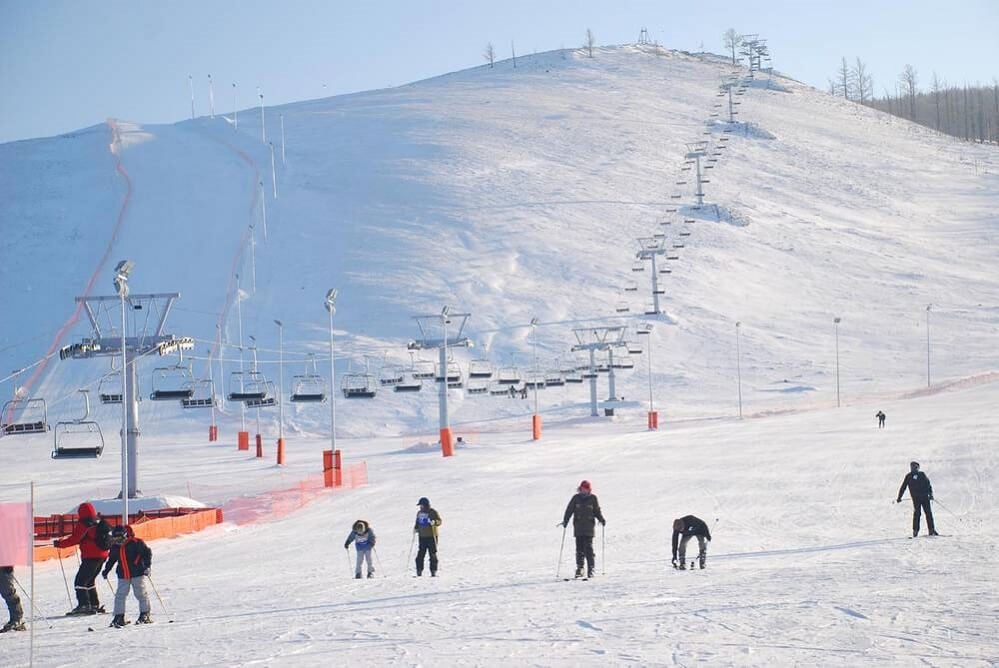
The ski resort, which opened in 2009, has the capacity to serve 1,300 people at once and 4,000 people per day, mountain skiing, snowboarding, cross-country skiing, sledding area and security patrol, a restaurant with a capacity of 300 people, 1000 parking spaces, a dressing room with 480 lockers, a primary care clinic and a team for high-level training.
In addition, the international standard 18-hole golf course and clubhouse can play up to 180 golfers per day.
10. Metropolis Nightclub
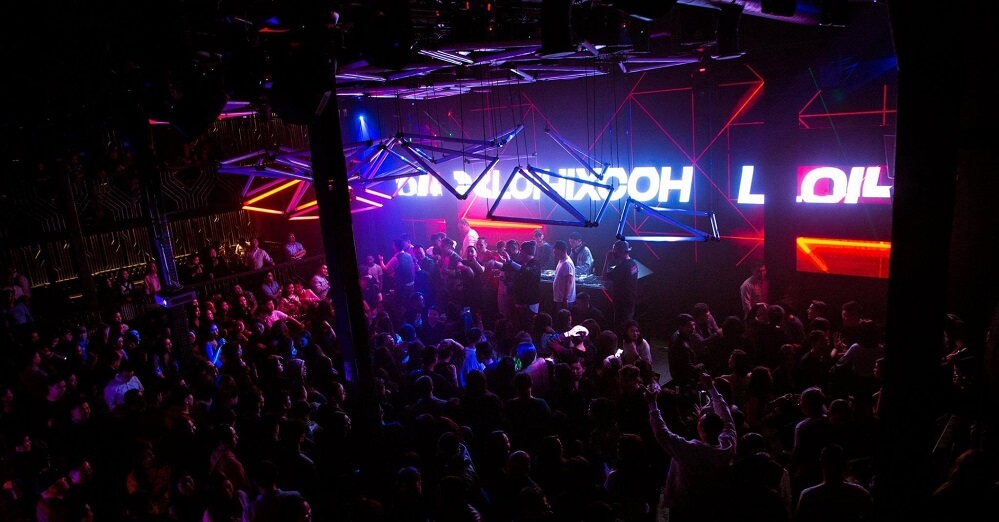
Club “Metropolis” is a modern disco club that has been continuously operating since 2007. The club, located in the business center of Ulaanbaatar, Chinggis Khan complex, has about 300 seats and can accommodate 800-1000 people. A lounge with unique design solutions, a cocktail bar, a special section for VIP services, and professional bodyguards ensure the safety of customers and experience the culture of the city’s young people who can dance to the rhythm of Minimal, Tech House, Progressive, and Trance music.


